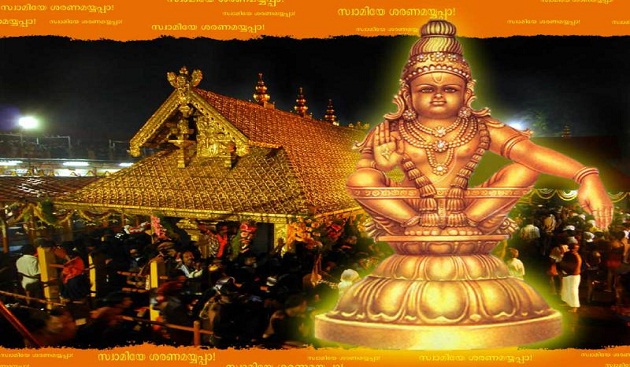Namaskaram means complete surrender to the Lord. The mind of the Jiva (individual) generally “stands erect” like the stick. It is because of the hold of ego (Ahambava). If it is released from the hold of ego, it becomes humble. In such humble state, it experiences the highest pleasure (sukha). Lowering the body in performing namaskaram symbolises the release of the hold of ego from the mind.
Our body is just like a stick which is discarded and the energy or power to use it is given by God. So we must accept, that God is the power behind our gross body and not feel proud that it is our own capacity. So the ego must be set aside and the body offered in prostration to God.
Getting rid of the ego is the main objective. It is not easy for us to do it. So atleast when we prostrate before God, we must offer ourselves to Him completely. God helps us by taking responsibility for us.
When a man lowers his body and prostrates before another person whom he considers a saint, he also “pushes” a load off his mind as it were, in the belief that the other person will take care of that. Hence we do namaskarams to saints or Mahatmas. Namaha is sometimes itself interpreted as the meaning of “Na Mama” (not mine”) – that is pushing away something as “not mine”. A true namaskaram will always be in this attitude only.
The greetings or namaskarams are more elaborate when one shows respect to older siblings, parents, elders, mahatmas and monks. There are different kinds of “namaskarams” or “Pranams” which include “sashtanga” (with eight limbs), “Panchanga” (with 5 limbs) and “Abhivadana”.
The “Sashatanga” is where one lies down flat on the stomach with eight limbs touching the ground. The eight limbs are chest, head, hands, feet, knees, body, mind, and speech. This namaskaram is generally done by men.
“Abhivadana” is generally used to introduce oneself to elders, Guru and monks. In this form, one with the head bowed and the hands crossed, touches the feet and then takes the hands back to touch the left ear lobes with left hand and the right ear lobe with right hand. During this greeting, one introduces himself by saying the name, family lineage, tradition, gotram and the branch of veda he belongs and follows with a sashtanga namaskaram.
Traditionally, women do only “panchanga” namaskaram and not the other two.
A “panchanga” namaskaram is where one, generally, a woman kneels down with palms joined together or touching the feet of the revered one in front. A woman does not do sashtanga namaskaram for the following reason. There is an injunction in the scriptures that the womb and the breasts of women should not touch the ground. They ruled that the part of the body which sustains the growth of the foetus during pregnancy and the part that creates within itself the nourishment for the new born and feeds it, should not be allowed to come in contact with the ground.






